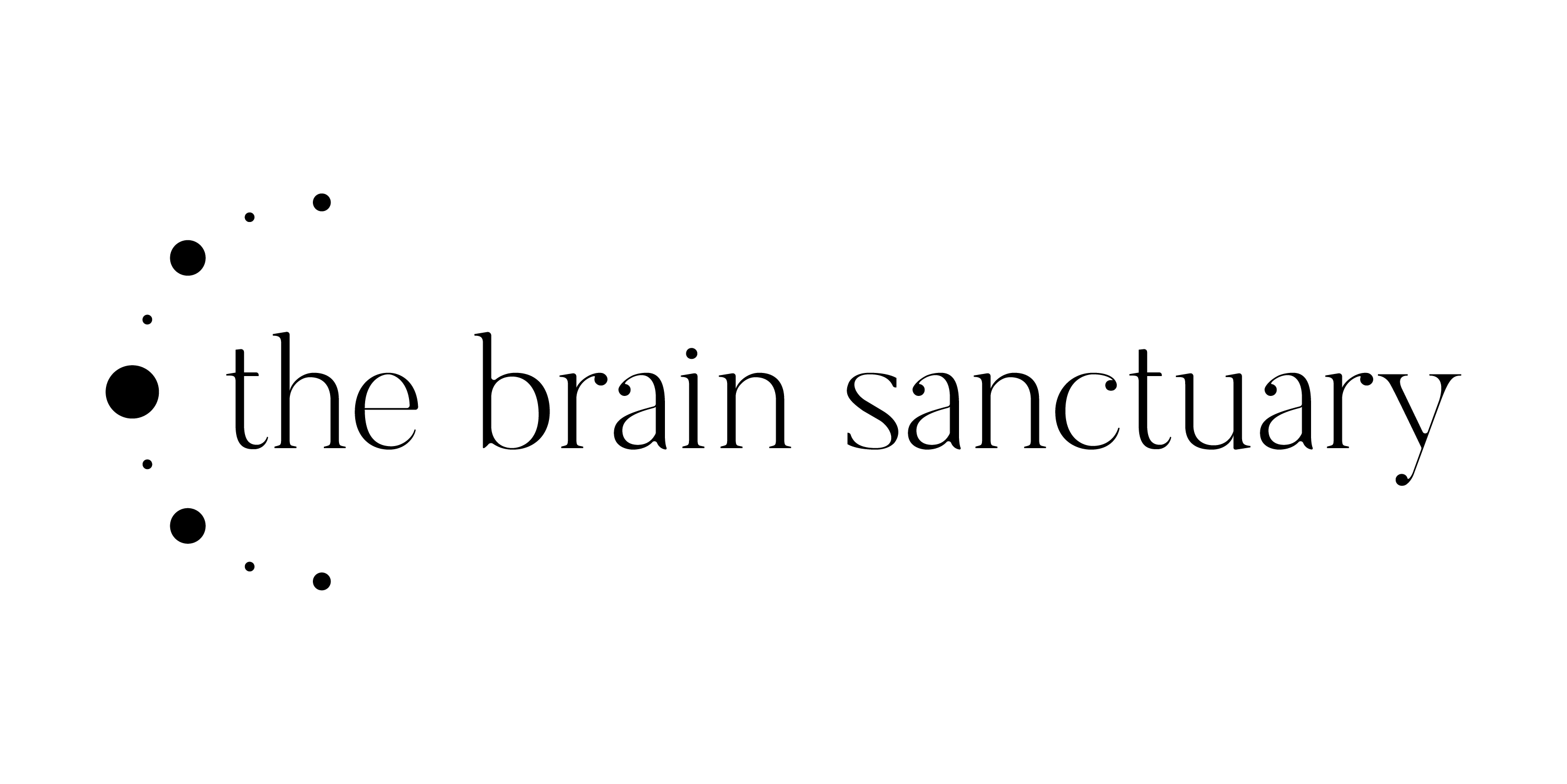It is an exciting time in education, one that I feel will be marked in history as a pivotal moment for how we are able to recognise how individuals learn and as such, have much greater outcomes. Perhaps our children won’t see the full benefits of this, but our grandchildren will.
In an age where the intersection of various scientific fields can lead to groundbreaking applications, neuroeducation emerges as a transformative approach to teaching and learning. The reason this is exciting is neuroeducation combines insights from neuroscience, psychology, and education, to optimise learning processes through a deeper understanding of how the brain learns.
Understanding Neuroeducation
Bare with me here as this is a bit sciencey but by the end of this article, you will have a good understanding of what neuroeducation is and why I think it is exciting.
Neuroeducation, at its core, is the exploration of how our brain's structure and functions relate to the educational practices we create and implement. It is an interdisciplinary field that uses research on brain development, cognitive processes, and emotional functioning to develop evidence-based educational strategies. This knowledge can then be applied to adapt teaching methods and curriculum to better align with the natural ways children and adults learn, fostering more effective and personalised education.
The Driving Forces Behind Neuroeducation
The brain is plastic; it is malleable and capable of rewiring itself—a concept known as neuroplasticity.
Neuroeducation leverages this principle to facilitate learning that literally shapes the brain. This field recognizes that because each brain is unique, learning cannot be a one-size-fits-all proposition.
Neuroscience can offer invaluable insights into individual learning profiles, leading to more nuanced and adaptable educational approaches.
Why Neuroeducation is the Future of Education
Personalised Learning
One of the most compelling arguments for neuroeducation is its potential to provide personalised learning experiences. By understanding how different brains process information, educators can tailor instruction to individual students. This approach is particularly advantageous as it can accommodate learners with diverse needs, including those with neurodevelopmental disorders like dyslexia, ADHD, or Autism.
Early Intervention and Support
Another aspect of neuroeducation is early intervention. Brain research indicates that critical periods exist where the brain is particularly sensitive to certain types of learning and development, which I will cover in another blog post soon.
Neuroeducation can guide when and how to introduce certain learning experiences, ensuring that students receive the right type of stimulation at the right time to support their cognitive and emotional development.
Evidence-Based Teaching Practices
Teaching methods and strategies grounded in brain science can potentially be more impactful than traditional methods. Neuroeducation encourages the application of evidence-based teaching practices that have been proven to support and enhance learning. For example, spaced repetition and retrieval practice—learning strategies supported by cognitive science—are already being used to help students retain and recall information more effectively. How this method might translate in a classroom setting is a student using flash cards to learn something new and then being quizzed on the content.
Inclusion and Equity
Neuroeducation fosters an inclusive environment by acknowledging and embracing neurodiversity. Instead of perceiving differences in learning and behavior as deficits, this approach views them as natural variations in human cognition. By doing so, neuroeducation can help create educational systems that are equitable and designed to support every learner's potential. Think back to one of the iconic movies, Toy Story 3, and the line “no toy left behind”, I like to think by using neuroeducation, no child will be left behind.
Well-Being and Emotional Growth
The emotional and social aspects of learning are also integral to neuroeducation. It recognises the link between emotional well-being and cognitive performance. Socio-emotional learning (SEL) programs that focus on developing empathy, resilience, and self-regulation can create a healthy learning atmosphere and promote better academic outcomes. A happy child is a child that can absorb information more easily.
The Challenges and Considerations in Implementing Neuroeducation
While the benefits are compelling, integrating neuroeducation into the current educational system poses challenges. A significant barrier is the dissemination of neuroscientific knowledge among educators, requiring comprehensive training and professional development, especially when teachers are already stretched thin. Additionally, there is a gap between laboratory research and classroom application; translating scientific findings into practical educational tools is not always straightforward. The term never work with children or animals was coined for a reason - they can be very unpredictable in the wild!
Plus, there are ethical considerations to account for, such as student privacy when using data-intensive neuroeducational technologies and ensuring equitable access to neuroeducation-based resources.
Neuroeducation represents an exciting shift toward a more scientifically informed approach to teaching and learning. As research advances and technologies evolve, the potential of neuroeducation continues to grow. Despite the challenges, the promise of education that is inclusive, personalised, and optimised for cognitive and emotional development is too compelling to ignore.
Neuroeducation is more than a passing trend; it is a pathway to a future where education systems are not just about imparting knowledge, but about harnessing the full potential of every learner's brain.
If you enjoyed this post and would like to know more about neuroeducation, I would love to hear from you. Stay tuned for our next blog post, Neuroeducation: A game-changer for early intervention in Childhood Development.

